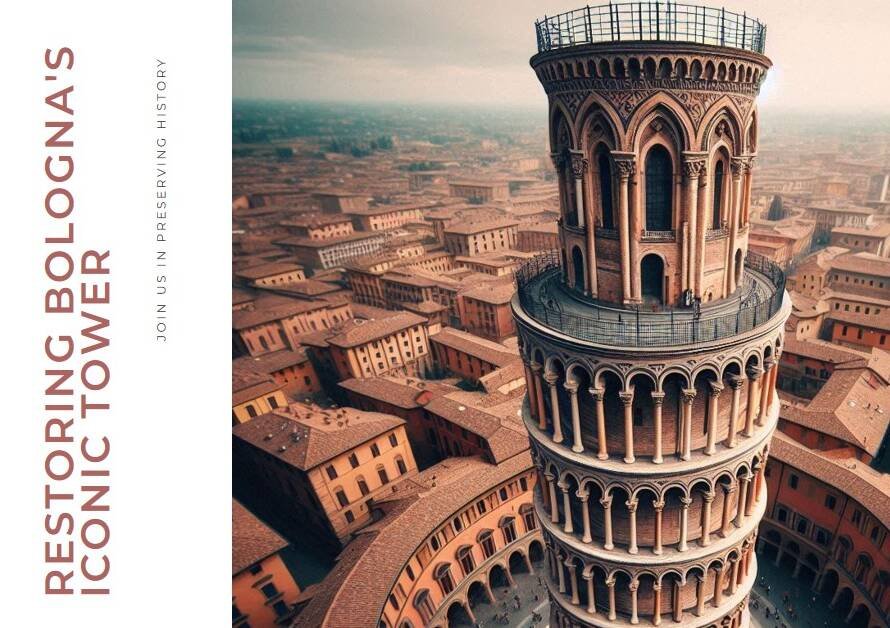
Table of Contents
- Introduction:
- Defining Environmental Design:
- The Factors Influencing Salaries:
- Navigating Entry-Level Salaries:
- The Mid-Career Ascendancy:
- Exploring Senior-Level Salaries:
- The Influence of Geographic Location:
- Industry Sector Disparities:
- Negotiating Strategies and Career Advancement:
- Conclusion:
Introduction:
In the bustling arena of environmental design, where creativity intertwines with sustainability, one crucial question echoes loudly: What is the average salary for environmental designers? This inquiry is not just about monetary compensation but also about understanding the value and recognition bestowed upon those who weave ecological consciousness into every design canvas. In this comprehensive exploration, we delve into the intricacies of environmental design salaries, shedding light on the factors that influence them and offering insights into navigating this verdant path.
Defining Environmental Design:
Before delving into the realm of salaries, it’s imperative to grasp the essence of environmental design. Unlike traditional design disciplines, environmental design focuses on creating spaces that harmonize with nature while meeting human needs. From sustainable architecture to landscape planning, environmental designers blend aesthetic appeal with ecological integrity, aiming to foster a symbiotic relationship between humans and their environment.
The Factors Influencing Salaries:
Numerous factors sway the salary landscape for environmental designers. Educational qualifications, professional experience, geographic location, and industry demand are among the primary determinants. A Bachelor’s or Master’s degree in environmental design, architecture, landscape architecture, or a related field serves as the foundational credential, often influencing entry-level salary brackets. As professionals accumulate years of experience and garner specialized skills, their earning potential tends to escalate. Moreover, the geographical context plays a pivotal role, with metropolitan areas and regions with a burgeoning focus on sustainability often offering higher compensation packages.
Navigating Entry-Level Salaries:
For aspiring environmental designers embarking on their career journey, understanding entry-level salary expectations is paramount. While fresh graduates may encounter variations based on location and employer, the average starting salary typically ranges from $40,000 to $60,000 annually. Internship experiences, portfolio quality, and networking prowess can significantly impact the initial compensation package. Furthermore, leveraging industry certifications and demonstrating proficiency in sustainable design practices can augment entry-level earning prospects, paving the way for a promising trajectory in the field.
The Mid-Career Ascendancy:
As environmental designers accrue experience and hone their craft, they ascend the career ladder, accompanied by commensurate salary increments. Mid-career professionals with five to ten years of experience often command salaries ranging from $60,000 to $90,000 annually. This phase heralds opportunities for specialization, leadership roles, and project management responsibilities, all of which contribute to enhanced earning potential. Industry reputation, a robust professional network, and a portfolio showcasing successful projects serve as catalysts for mid-career professionals aiming to scale new heights in their careers.
Exploring Senior-Level Salaries:
At the zenith of their careers, senior environmental designers bask in the culmination of years of dedication and expertise, reflected in their substantial earning potential. With over a decade of experience, senior professionals can command salaries surpassing $100,000 annually, with some reaching six-figure sums or higher, particularly in esteemed firms or niche sectors. Leadership positions, such as principal designer or sustainability director, often accompany these lucrative salary packages, underscoring the value placed on seasoned professionals adept at steering projects towards sustainable fruition.


The Influence of Geographic Location:
Geographic location exerts a profound influence on the salary spectrum for environmental designers, with disparities arising from regional economic dynamics, cost of living indices, and industry demand. Metropolitan areas renowned for their focus on sustainability, such as San Francisco, Seattle, and New York City, typically offer higher salaries to accommodate the elevated living expenses. Conversely, rural areas or locales with a nascent emphasis on environmental design may feature comparatively lower salary ranges. Understanding these geographic nuances empowers environmental designers to make informed decisions regarding career opportunities and relocation prospects.
Industry Sector Disparities:
Beyond geographical variations, the sector in which environmental designers ply their trade also shapes salary trajectories. While architectural and engineering services constitute the primary employment sectors for environmental designers, opportunities abound in governmental agencies, urban planning departments, and environmental consulting firms. Each sector harbors distinct salary dynamics, with private enterprises often offering higher remuneration packages compared to public institutions or non-profit organizations. However, factors such as job stability, work-life balance, and alignment with personal values play pivotal roles in determining career satisfaction beyond monetary considerations.
Negotiating Strategies and Career Advancement:
Armed with insights into the salary landscape and cognizant of their worth, environmental designers can embark on negotiations with confidence and poise. Researching industry benchmarks, highlighting unique skill sets, and articulating contributions to sustainable initiatives can bolster negotiating leverage. Moreover, advocating for professional development opportunities, such as continuing education courses or leadership training, fosters long-term career growth and positions individuals as indispensable assets within their organizations. Embracing networking opportunities, mentorship engagements, and participation in professional associations further fortifies the path towards career advancement and financial prosperity.
Conclusion:
In the dynamic realm of environmental design, where innovation converges with ecological stewardship, understanding the nuances of salary determinants is paramount for navigating a fulfilling career trajectory. From entry-level aspirations to senior leadership ambitions, environmental designers traverse a verdant path punctuated by opportunities for growth, impact, and recognition. By leveraging industry insights, honing specialized skills, and advocating for equitable compensation, environmental designers can carve out a rewarding niche in this vibrant and vital field, shaping a sustainable future for generations to come.


